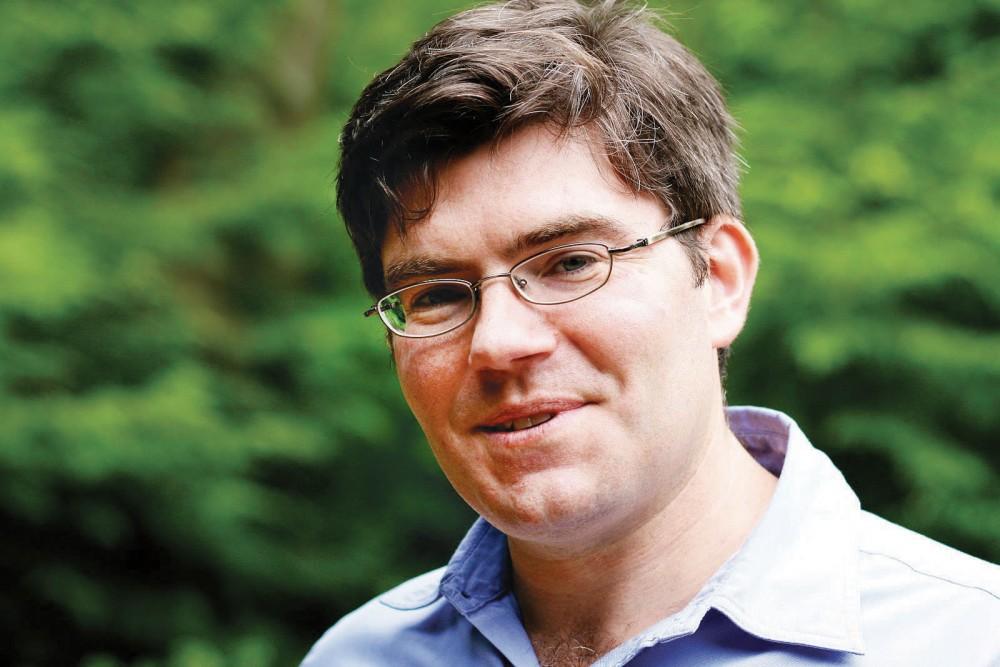GV to explore local shipwrecks

GVL / Courtesy – Past Preservers
Sep 28, 2014
The human eye is a wonderful thing, but it can’t penetrate the murky dark. It takes collaboration and the latest technology to uncover the history preserved below the water.
Grand Valley State University is planning an upcoming excursion into Reeds Lake to confirm the location of a sunken steamboat. The task will be completed by a group of GVSU professors, historians and a descendant of the ships’ original captain.
Andy Poisson, whose father was the last captain in the family steamboat business going back three generations, is excited about this project that will add to the story of Grand Rapids.
“It’s part of the history of Grand Rapids,” Poisson said.
Poisson got involved in the project on the initial dive, where they used a remote operated, unmanned mini-sub to search for the shipwrecks of his family’s steamboats.
“I was invited when they went out and did the original search because I had some knowledge from my dad as to where the wrecks were located,” he said.
Although they confirmed one wreck, the S.S. Hazel A, they were not able to confirm the second ship they were looking for, the S.S. Ramona.
“We think we found it, but until we get further information it’s still up in the air,” he said. “We used an ROV with a camera, but it was so muddy and murky we couldn’t identify what we saw as a shipwreck.”
For the follow-up dive, they are bringing along a secret weapon that will let them cut through the mud.
“We’re going to use sonar to image it,” said professor Mark Schwartz of the anthropology department. “No one’s actually going to dive. Visibility would be maybe three or four feet.”
Instead, the ROV will be mounted with a sonar device that will give them an “acoustic picture” of the ship they hope will provide vital information on how steamships were built.
“Not many passenger steamboats from that area are intact,” Schwartz said. “We want to learn about the construction of the vessels. We have photographs and basic ship plans, but there’s a lot to be said for seeing the ship you can’t get from those.”
Schwartz is hoping they will be able to identify what, if any, modifications had been made to the ships throughout their use.
“We want to look at how the boat was modified. It’s all part of the whole understanding of technology and how it’s adapted for different purposes and changed over time,” Schwartz said.
For their time, steamboats were a very popular diversion for those in East Grand Rapids. Poisson’s great-grandfather, John, became a steamboat captain in 1882, before people could take farther trips with cars. The boats could run on a crew of three or four. They were not very fast, but they didn’t need to be.
“They were just excursion boats for people to ride on and enjoy the day. They had a player piano. You could do a picnic lunch on board, it was like a cruise boat,” Poisson said.
His grandfather, Charles, then his father, William, each took over as captain in turn. Poisson’s father was the last captain. By 1956, the steamboat excursion business ended due to car ownership becoming common and people preferring to take trips farther away, Poisson said.
While this expedition is too crowded to allow students to participate, Schwartz said they are planning a public presentation so people can learn the history and hopes for students to participate in further projects as they expand.
The underwater survey to study the S.S. Hazel A and find the S.S. Ramona in Reeds Lake will take place on Friday, Oct. 3 and Saturday, Oct. 4.





















